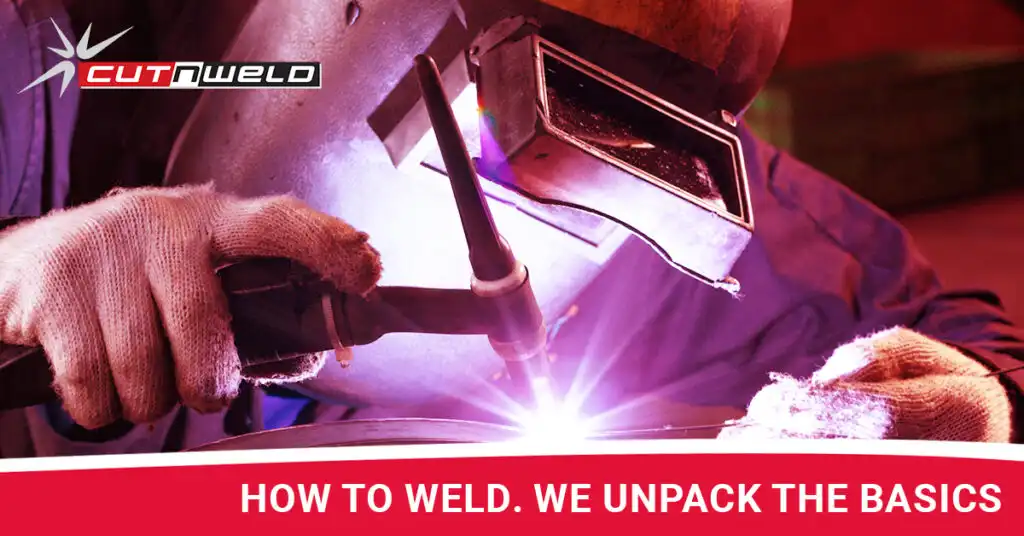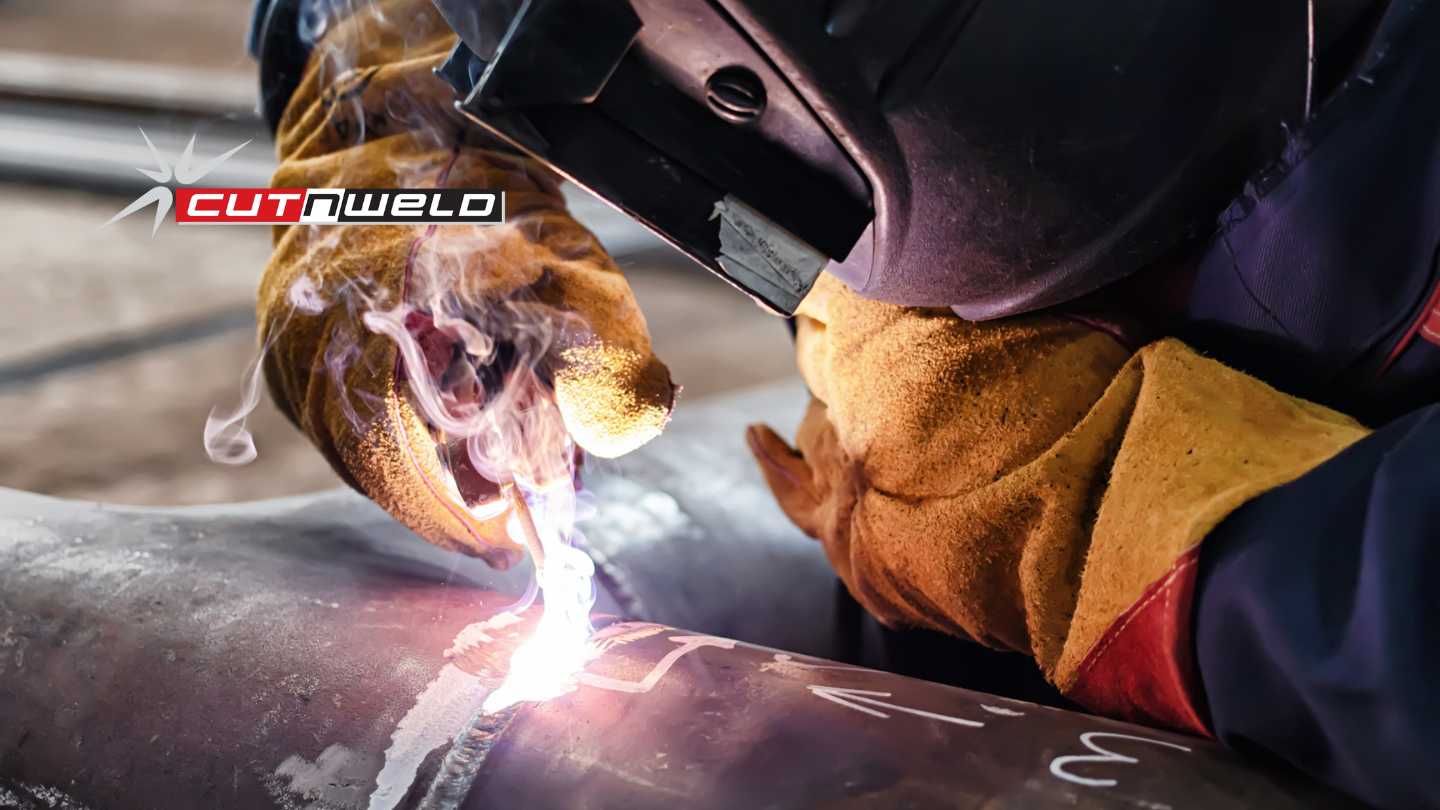
Hidden Heroes: Uncover the Unseen Types of Welding That Hold Our World Together
Welding is the unseen force holding modern structures together. Knowing the right types of welding is essential.
No products in the Quote Basket.
No products in the Quote Basket.

Whether you’re a DIY welding hobbyist, just entered the profession, or if you’re a seasoned professional, it’s always nice to brush up on your welding knowledge.
Below we unpack the basics of MIG and TIG processes and some general safety tips to ensure that you stay safe, informed, and equipped.
MIG welding is an arc welding process in which a continuous solid wire electrode is fed through a MIG welding gun and into the weld pool, joining the two base materials together. Shielding gas is also sent through the welding gun, protecting the weld pool and molten metal from contamination and oxidation.
Choosing the correct drive roll is essential to your wire’s continuous feed during the course of the MIG welding process. If there is not enough tension, it will result in a poor feed. If there are bends in the wire, it may also cause lost tension, so keep the MIG gun as straight as possible.
This includes knowing which kind of gas best accommodates your wire, be it argon, carbon dioxide or a mix of two or more gases. The job you’re working on dictates specific kinds of wires and gas. Additionally, the contact tip recess you use varies depending on the type of project you hope to complete. Generally, you want to increase the recess size in conjunction with the current.
For best accuracy during the MIG welding process, it is advisable to keep your electrode pointed at the leading edge (i.e., toward the metal that has not yet been welded) of the weld puddle or pool. Use a wire with a smaller diameter to keep the weld pool small and minimise drip if you’re working in an unusual position.
Finally, to produce strong welds on thicker metal, bevel the joint to ensure the weld fully penetrates the base metal. This is especially important for butt welding joints.
TIG welding is a process that uses a tungsten electrode aided by a shielding gas, usually argon or helium, to fuse metal. This process is more precise than MIG welding but also takes longer. TIG welding is applied in all industrial sectors but is especially suitable for high-quality welding.
Because the welder has less control over arc and weld pool behaviour, careful attention must be paid to edge preparation (machined rather than hand-prepared), joint fit-up and control of welding factors.
The thickness of the rod should ideally match the thickness of the metal you’re working on. You wouldn’t want to use a thick rod — say, 1/8 inch (about 3mm) in diameter — on a weak piece of metal because you could easily burn a hole through it with the shear heat of the rod relative to the sheet. One benefit of TIG welding is the utmost precision, but you still need the correct tools to reap the benefits thereof.
If the metal is rusted, scaled, or painted, you’ll want to grind it down before using it. Unlike MIG welding, TIG welding is more easily compromised if the metal is dirty. Polishing the metal alone will not be enough and can result in a cheap-looking finished product if you take shortcuts in the preparation process.
Having the tip of your electrode positioned at the proper length is critical to the weld pool.If the tip is not sticking out far enough, you won’t be able to see it — or, consequently, see where you’re welding the metal. On the flip side, if the tip is too far from the cup, the torch’s heat won’t be condensed enough around the area you’re trying to weld and may end up melting your rod into the weld.
Now that we have unpacked the basics of how to weld, particularly the MIG and TIG welding processes, it’s important to use the right tools and products to get you off to a good start!
At Cut-N-Weld, you can shop online for a wide variety of high-quality welding equipment, accessories, and consumables – everything you need to get started or as a welding professional. We also provide full-spec product and equipment brochures to ensure that you make an informed buying decision.

Welding is the unseen force holding modern structures together. Knowing the right types of welding is essential.

Choosing the right gas welding rod involves considering factors like the base material, the welding process, and the desired weld characteristics.

Metal cutting is a fundamental process in countless industries.
2025 Copyright © CUT-N-WELD. All Rights Reserved. Disclaimer : Privacy Policy | Site By Xponent